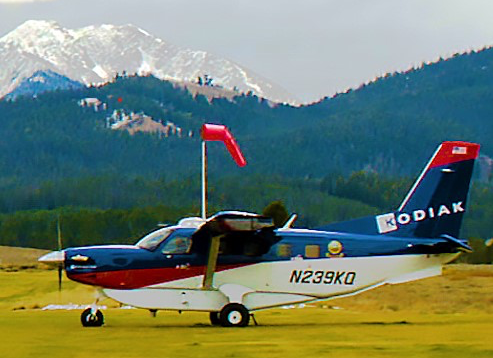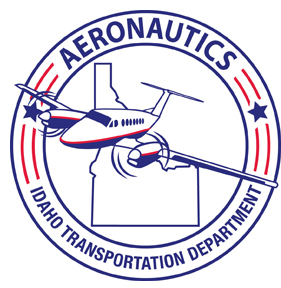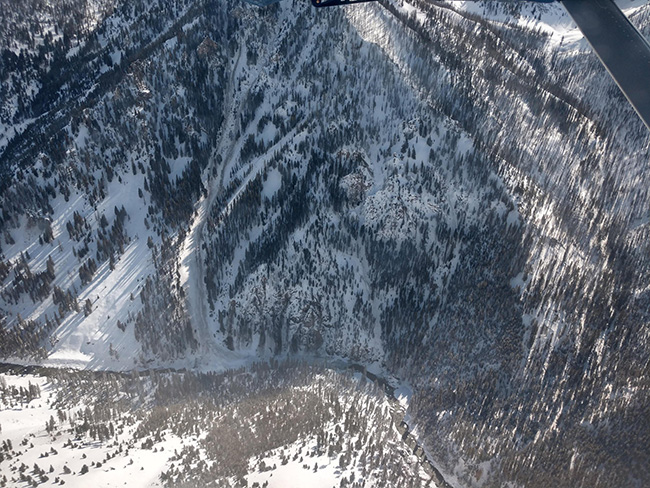

Aero prepared to transport medical personnel, supplies
Also helps D3 assess avalanche zone following quake
![]()
Idaho’s Division of Aeronautics is making preparations to begin transporting medical personnel and supplies, should the need arise. Administrator Jeff Marker is hoping never to see the day arrive when the spread of the virus necessitates such an action, but he and his crew at Aero are ready if that happens.
“If we got the word, we would modify the new Kodiak aircraft for cargo by removing some of the seats to reduce our response time,” said Marker. “We may move medical people and/or supplies to different locations around the state.”
Marker’s team has also taken another significant step.
“We have prepositioned a forklift to the hangar to expedite cargo movement,” he explained. “I want to get a better idea of cargo movement possibilities before we reconfigure aircraft, but we are ready to do that if needed.”
Aero also has installed a portable handwashing station in the hangar for passengers boarding and exiting aircraft.
Although his crew is prepared to take passengers, cargo, or both anywhere they need to go, they have not been asked to do so yet.
And if one of the pilots gets sick and is unable to fly the mission, Aero has contract pilots on standby.
So, we know they are preparing for work contingencies, but they are equally committed to staying connected to each other.
“We are using a variety of communications methods based on individuals' connectivity and the specific need,” said Marker. For short comments and immediate needs they use email, the phone or Jabber, “which is in line with how we work in the office,” Marker explained. For more substantial information exchange, they use email, the phone or one of several collaboration tools. “We used WebEx for the staff meeting on Tuesday which worked well. “For one-on-one or small group discussions, we are using Skype video conferencing, and for functions where we need to video, chat and share documents simultaneously, we are using TEAMS,” Marker said.
“We have an Aero Team established in TEAMS, but are still working to develop processes in that system. The Senior Leadership Team is also using TEAMS extensively. These are interesting times and we will continue to experiment with systems to refine processes to determine which are most effective for our needs.”
“Our overall focus is the well-being of our staff and passengers while continuing operations to support emergency response if necessary and to aid in maintaining operations at community and commercial service airports,” Marker said.
Following Tuesday night's earthquake, Marker and the Aero team spent most of Thursday — they were prepared to go Wednesday, but weather conditions weren’t favorable — on an aerial observation of the slide zone on Idaho Highway 21.
“We flew over ID-21 to see the extent of avalanches and landslides, so D3 has a fundamental understanding of what they face without sending folks into an unstable area with potential for aftershocks,” Marker explained.
"There are a few minor landslide blockages on the Middle Fork of the Salmon north of Big Bend on ID-21, but nothing significantly blocking flow," Marker reported. "There are a few slides on ID-21 north of the Grandjean junction. We spent some time flying around the epicenter and there is no significant disturbance in the landscape other that a few minor snow slides/avalanches that you would expect this time of year."

Picture by Idaho Geological Survey of D3 slide, flying with ITD's Division of Aeronautics on Thursday.
Published 04-03-20